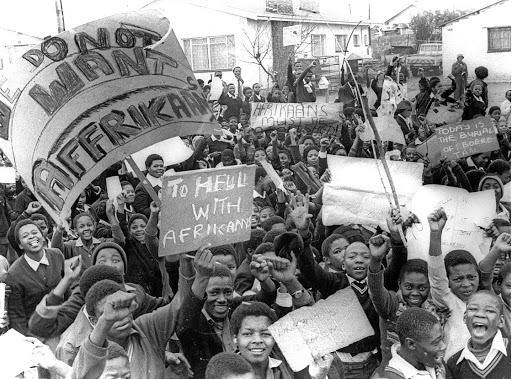Proponents of African Nationalism within the ANC perceived the Congress Alliance as advocating for a form of “democratic apartheid” that was reformist in nature. They asserted that, in pursuing this goal, ANC leaders had been influenced by merchants, pseudo-communists, and prominent figures operating behind the scenes.
The ANC’s internal divisions became more pronounced with the formation of the youth league in 1943. The militant youth advanced African Nationalism and managed to expand membership to up to one hundred thousand. The youth eliminated the traditional elitist club of educated, knowledgeable but conservative leadership and turned the ANC into a mass-based movement.
The youth league was the genesis of the Africanist Congress. Their norms were that Africa is a black man’s continent of which SA was an indivisible part; the heterogenous people of Africa need to emerge as one African nation; leaders must come out of the loins of the African people; African people needed to form a liberation movement as a vehicle to achieve total liberation; and, African Nationalism is a divine destiny of all oppressed people seeking freedom from foreign oppression and exploitation. Their slogan was “Africa for Africans”.
The ANC led the 1952 Defiance Campaign against racial and discriminatory laws, with young volunteers available for “no defence, no bail and no fine”. The ANC president, Dr James Moroka, did not have fire in his belly to sustain the campaign and capitulated instead.
The June 26 1955 Kliptown meeting, self-styled the Congress of the People, brought about a huge policy schism within congress. The Africanists regarded it as a somersault to the line of Struggle adopted at the Bloemfontein conference. The 1949 Programme of Action intended to stop piecemeal responses to new legislations by the apartheid and settler regime and rather focus on achieving milestones of the Struggle for national liberation.
The programme said Africa belongs to African people, whereas the Kliptown Charter said SA belonged to all who live in it, coloniser and colonised. The Africanists raised their heckles and eventually, on November 2 1958 decided to go on their own to pursue the aims and objectives of the ANC as it was established in 1912.
In its 1959 annual national conference report, the ANC national executive council stated that the formation of the Pan Africanist Congress was “the direct result of the disagreement with the policy of the ANC in two main respects. First, the adoption of the Freedom Charter which states that SA belongs to all who live in it, and that all national groups have equal rights; and second, the policy which accepts co-operation with other racial groups in the country”.
This outcome brought about a two-line Struggle led by the Charterists and the Africanists. The Congress Alliance collapsed ignominiously in the march of time. The prism of racial hierarchy in the Freedom Charter proved to be unacceptable.
The verligte elements in the apartheid Nationalist Party found the Freedom Charter to be “reasonable”. The European Economic Community resolved to support victims of apartheid in SA and set up a fund for Freedom Charter-aligned structures of resistance. The United Democratic Front utilised the funds to spread their sphere of influence while those opposed did not have the wherewithal to grow their support base.
The negotiations for a new dispensation became the zeitgeist for the popular support for the ANC and the Freedom Charter such that the amended sixth constitution since the Union of SA became a hybrid of unitary and federal systems, anchored by the Freedom Charter.
In the 30 years since April 1994, tensions of ethnic, racial and even tribal divisions have resurfaced strongly. The 2024 general elections saw political parties with tinges of apartheid influence on the rise. A cul de sac from the influence of the Freedom Charter.
* Seroke is PAC national executive committee member
